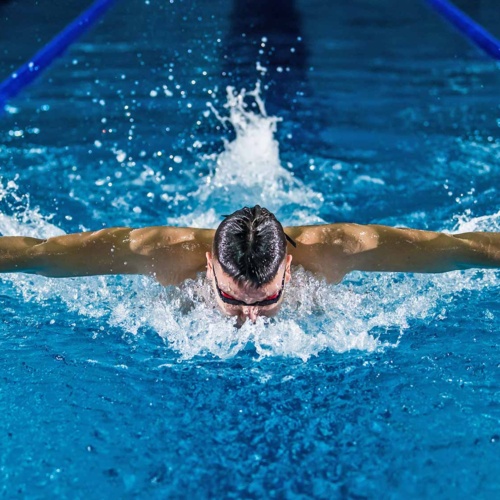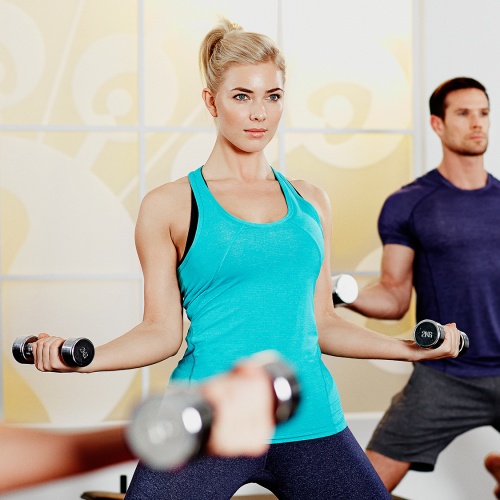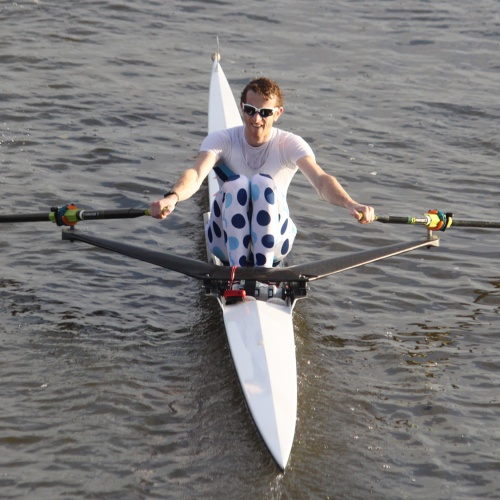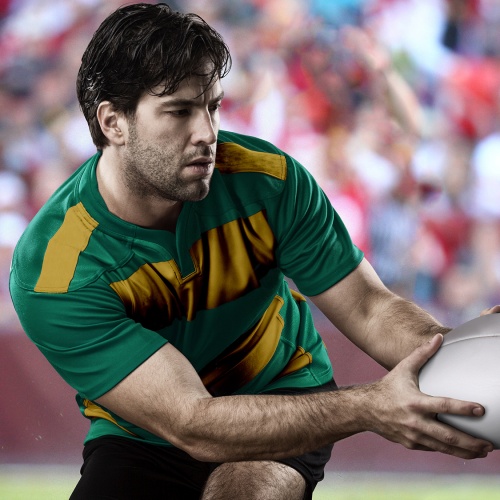Apologies for the pun, but with summer almost here and the tennis season in full swing (sorry about that one, too) more and more people will be dusting off their racquets and hitting the courts.
Each sport places its own distinct set of pressures and stresses on the body – usually resulting in its own distinct set of injuries. Tennis is no exception.
Tennis is a high speed, high impact, power-based game, requiring rotation and extension through the spine and putting particular stress on the shoulder – usually one, rather than both. Unsurprisingly, back, hip, knee and shoulder injuries are amongst the most common.
Whether you’re a social player or a budding pro, Pilates can not only help reduce the number of common tennis injuries you pick up, it can also improve your movement, power and ultimately, your game itself.
Here’s how:
Knees
The high speed and high impact nature of tennis means the joints take a battering, particularly if you’re playing on the harder surfaces like tarmac, indoor or all-weather courts. Tennis players need strong stabilising muscles in order to cope with the short sprints and sharp turns. Key stabilisers for tennis players are the Glutes. Pilates is a particularly effective way to isolate and strengthen these muscles, helping them stabilise the knee and produce power when moving and lunging laterally.
Shoulder
A lot of strain goes through the shoulder, especially during service. Strong rotator cuff muscles are essential to stabilise and mobilise the shoulder through the range of movement required to serve with power.
In addition, the nature of most tennis strokes mean that regular players typically have posture-based imbalances through the shoulder that can lead to injuries if unaddressed.
Pilates is an excellent way to strengthen, stabilise and mobilise both the shoulder and rotator cuff, enabling you to spend less time on the physio’s couch and more time on court (weather permitting, of course).
The spine
In tennis, much of the power comes from rotation and extension through the spine. To produce these movements you need a mixture of strength and flexibility. Pilates will help loosen some of the typically tight muscles through the chest, shoulders and upper back, whilst strengthening the muscles through the waist. This increase in both the strength of the rotator muscles and the range of motion combines to generate more power through your strokes.
Flexibility and suppleness
No matter what level you play at, you’re often trying to return a ball from an imperfect position, stretching forwards, sideways or overhead and frequently off-balance. Pilates’ focus on strong core muscles will help you generate more power and reduce the risk of injury when you’re off balance, and recover your balance faster. And by increasing flexibility through the lower back, and hips, Pilates will also help you get down lower for the drop shots and up higher for the lobs.






